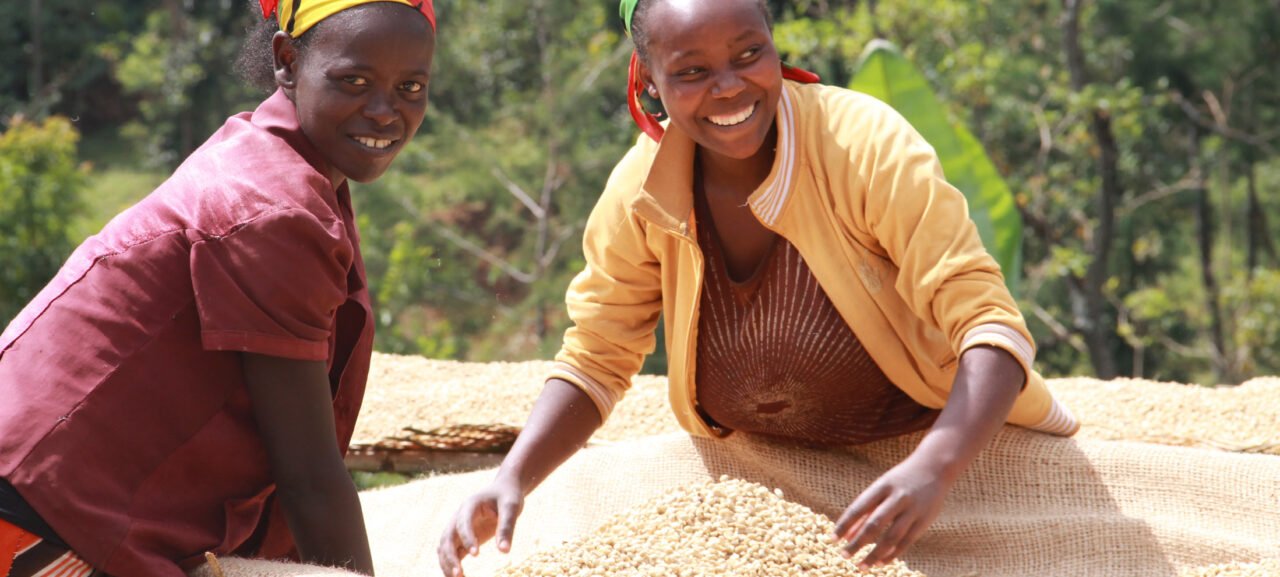The Coffee Development Report (CDR) 2022-2023, released by the International Coffee Organization (ICO), presents a timely exploration of the global coffee sector’s shift towards a circular economy. As the fourth edition of the CDR, the report emphasizes reimagining coffee’s value chain, focusing on resource efficiency, waste reduction, and regenerative agricultural practices.
This edition highlights both the challenges and opportunities within the coffee value chain—from cultivation to consumption—making it clear that a circular economy model is crucial for the long-term sustainability of the industry.
Key Themes of the Report
The Need for a Circular Economy in Coffee
The traditional linear production model, characterized by resource extraction, processing, consumption, and waste, no longer meets the coffee sector’s needs. With climate change, biodiversity loss, deforestation, and economic instability increasing, the ICO calls for a transformative approach.
The CDR identifies the circular economy—where waste is minimized, and by-products are repurposed—as the most viable solution for the future of coffee production. This approach not only addresses environmental concerns but also creates new value through waste reduction, job creation, and economic resilience.
Unlocking the Potential of Coffee Biomass
One of the report’s standout findings is the immense potential in the 40 million tonnes of biomass generated annually by the coffee sector. This biomass includes husks, pulp, silverskin, and spent coffee grounds, much of which remains underutilized. The report emphasizes that these by-products can be repurposed in industries such as bioenergy, cosmetics, and agriculture, transforming waste into valuable products and providing new income streams for smallholder farmers.
From a Global Value Chain to a Global Coffee Circle
The CDR introduces the concept of the Coffee Global Circle, which shifts the traditional value chain into a more sustainable circular system. Every stage of coffee production, from cultivation to roasting and brewing, is optimized for sustainability. For instance, spent coffee grounds can be repurposed into fertilizers, biofuels, or even skincare products, reducing waste and enhancing resource efficiency.
However, this circular shift requires more than technological innovations. It calls for policy changes, stronger stakeholder cooperation, and greater investment in research and development.
Challenges to Implementing Circular Practices
Despite the promising vision, significant challenges remain. Smallholder farmers in developing countries often lack the resources and infrastructure to adopt circular economy practices. Additionally, inconsistent regulations around by-products and sustainability standards create hurdles for global implementation. Varying food safety and environmental standards across countries make it difficult to standardize circular practices.
Strategic Recommendations and Actions
The CDR offers several strategic recommendations to overcome these barriers:
- Funding and Investment: Governments and financial institutions should prioritize investments in circular economy projects, particularly for smallholder farmers. Public-private partnerships can help scale up innovations in waste reduction and resource efficiency.
- Global Standards and Policies: Standardized guidelines for circular economy principles in coffee are essential. Harmonizing regulations across borders will facilitate the adoption of sustainable practices.
- Education and Training: Bridging knowledge gaps is crucial. Training programs should be developed to educate farmers, processors, and businesses on circular economy practices.
- Consumer Awareness: Raising consumer awareness about the benefits of a circular coffee economy will encourage more sustainable choices and drive companies to adopt greener practices.
The Role of Technology and Innovation
Innovation is at the heart of the circular coffee economy. Key technologies highlighted in the report include:
- Water-saving Technologies: Post-harvest coffee processing is water-intensive. Implementing water treatment and recycling systems can significantly reduce water usage.
- Compostable Packaging: The coffee industry relies heavily on single-use plastics. Developing compostable or fully recyclable packaging materials will help reduce waste.
- Bioenergy Solutions: Coffee by-products like husks and spent grounds can be used for bioenergy production, reducing reliance on non-renewable energy sources.
Circular Practices in Roasting and Consumption
Coffee roasting generates waste, particularly silverskin, which is rich in fiber and antioxidants. The report suggests repurposing silverskin into industries like textiles and cosmetics.
On the consumer side, single-serve coffee capsules pose environmental challenges. The report encourages the development of more sustainable, compostable capsule solutions to address the growing plastic waste problem.
A Call to Action
The CDR concludes with a call for all stakeholders—from farmers to consumers—to actively participate in the shift towards a circular economy. The Center for Circular Economy in Coffee (C4CEC) serves as a platform for innovation and knowledge sharing, providing resources for those looking to adopt circular practices.
This transformation is essential not only for combating climate change and resource depletion but also for creating economic opportunities in the coffee industry.
Conclusion: A Path Towards Sustainability and Resilience
The ICO Coffee Development Report 2022-2023 outlines a comprehensive vision for the future of the coffee industry. Advocating for a circular economy, it provides a clear roadmap for reducing waste, creating new economic opportunities, and addressing environmental challenges.
For industry experts, stakeholders, and journalists, the report serves as an invaluable resource, highlighting that the transition from a linear to a circular economy is not only necessary but imperative for the sustainability and resilience of the global coffee sector.
